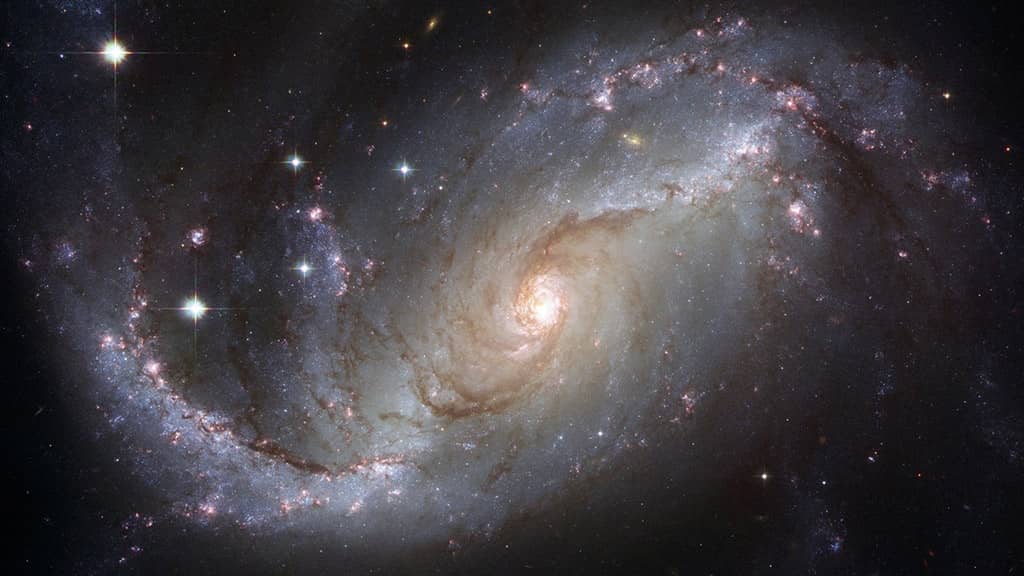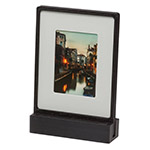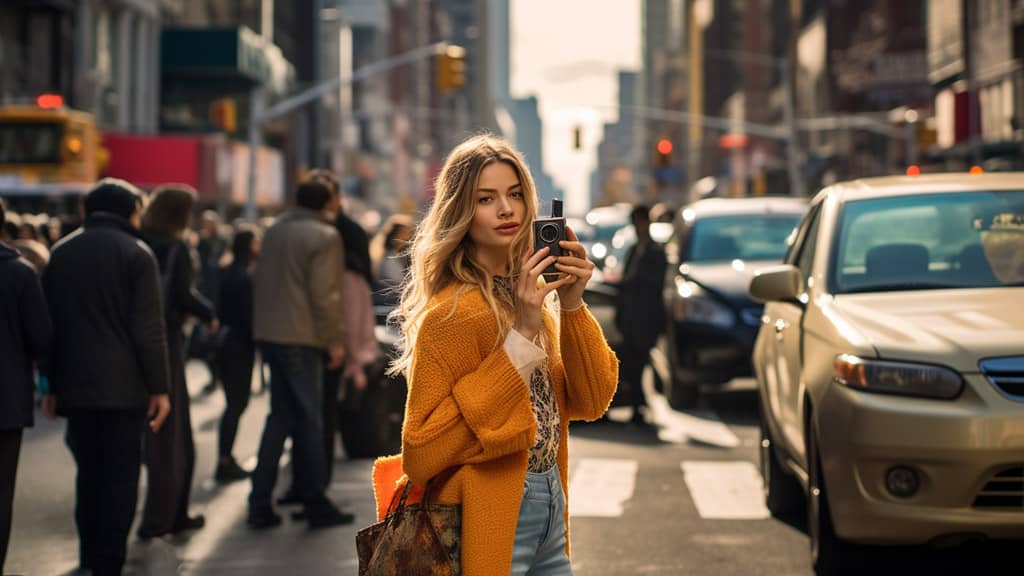Introduction to Smartphone Astrophotography: Your Phone as a Cosmic Camera
The allure of the night sky has captivated humankind for millennia, inspiring countless artists, scientists, and dreamers. Today, the wonders of the cosmos are more accessible than ever before, thanks to the powerful cameras built into our smartphones. In this ultimate guide to smartphone astrophotography, we’ll walk you through the essential gear, top techniques, and expert editing tips you need to transform your mobile device into a cosmic camera.
Essential Astrophotography Gear: Equip Yourself for Stellar Success
To maximize the potential of your smartphone astrophotography, a few key pieces of equipment are indispensable:
- Tripod: A sturdy tripod is crucial for eliminating camera shake and capturing crisp images during long exposures. When choosing a tripod, consider factors like height, weight, and stability. Look for tripods with adjustable legs and a sturdy ball head that allows for smooth and precise adjustments of your camera angle.
- Smartphone mount: A dedicated astrophotography mount ensures that your phone is securely attached to the tripod, providing stability and precise alignment. Many mounts on the market are specifically designed for smartphones and offer adjustable grips to accommodate various phone sizes. Some even feature built-in fine-tuning controls for easier framing and focusing of celestial objects.
- Remote shutter release or self-timer: Minimize camera shake by using a remote shutter release or your phone’s built-in self-timer function. A remote shutter release allows you to trigger the camera without touching the phone, reducing the risk of blurry images due to movement. Alternatively, use your phone’s self-timer function to delay the shot, giving the camera time to stabilize after you press the shutter button.
- Portable power bank: Keep your phone charged during extended photography sessions with a reliable power bank. Astrophotography can quickly drain your phone’s battery, especially when using manual mode and long exposures. Choose a power bank with sufficient capacity to keep your phone charged throughout your stargazing adventures. Some power banks even come with built-in LED lights that can serve as a convenient light source during nighttime photography sessions.
- Lens attachments: To enhance your smartphone astrophotography experience, consider investing in lens attachments specifically designed for capturing celestial objects. Wide-angle lenses can help you capture expansive views of the night sky, while telephoto lenses allow you to zoom in on specific celestial objects or constellations. When selecting a lens attachment, ensure that it is compatible with your smartphone’s camera and that it provides the desired level of optical quality.
With the right gear in hand, you’ll be well-equipped to capture stunning images of the night sky, setting the stage for stellar success in your smartphone astrophotography journey.
Mastering Night Sky Photography: Techniques to Elevate Your Images
Armed with the right gear, it’s time to hone your smartphone astrophotography skills with these essential techniques:
- Location: Seek out dark locations away from urban light pollution, which can greatly impact the visibility of stars in your photos. Utilize apps and websites that identify dark sky areas near you, and plan your photography sessions around moon phases, as a full moon can wash out fainter stars. Additionally, consider the weather and atmospheric conditions, as clear skies offer the best visibility for capturing celestial objects.
- Camera settings: Turn off your flash, switch to manual mode, and experiment with ISO, shutter speed, and focus settings for optimal results. Begin with a high ISO setting, around 1600 to 3200, and a shutter speed between 15 to 30 seconds to capture more stars in your images. For focus, switch to manual mode and set your lens to infinity, or use your phone’s tap-to-focus feature to focus on a bright star or distant light source.
- Shoot in RAW format: If your phone supports it, shooting in RAW captures more detail and provides greater flexibility in post-processing. RAW files retain more information compared to JPEGs, allowing you to recover highlights, shadows, and colors more effectively during editing.
- Composition: Enhance your night sky images by incorporating compelling foreground elements, adding depth and context to your photos. Look for interesting landmarks, trees, or silhouettes to create a dynamic and visually appealing scene. Experiment with different angles and perspectives to find the most captivating composition.
- Use the rule of 500: To avoid star trails caused by the Earth’s rotation, adhere to the “rule of 500” when determining your maximum shutter speed. Divide 500 by the focal length of your lens (in millimeters) to calculate the longest exposure time that will produce sharp stars in your image. For example, if you’re using a 24mm lens, the maximum shutter speed would be approximately 20 seconds (500 ÷ 24 ≈ 20).
- Take multiple exposures: To improve the signal-to-noise ratio in your images and reduce noise, consider capturing multiple exposures of the same scene. Stack the images using specialized software, which combines the data from each exposure, enhancing the details of celestial objects and minimizing noise. This technique can greatly improve the overall quality of your smartphone astrophotography.
By mastering these essential techniques, you’ll be well on your way to elevating your night sky photography skills and capturing awe-inspiring images of the cosmos with your smartphone.

Post-Processing Perfection: Edit Your Astrophotography like a Pro
Once you’ve captured your night sky photos, the next step is to bring them to life through editing. Utilize photo editing apps like Lightroom Mobile or Snapseed to adjust exposure, contrast, and color balance, revealing the true beauty of your astrophotography. Additionally, reduce noise and sharpen your images for a cleaner, more professional appearance. Mastering the editing process is key to producing captivating smartphone astrophotography that showcases the night sky’s splendor.
Sharing Your Starry Masterpieces: Engaging with the Astrophotography Community
After perfecting your images, share your starry masterpieces with the world. Social media platforms such as Instagram or dedicated Facebook groups are excellent places to connect with fellow astrophotography enthusiasts, showcase your work, and receive valuable feedback. Engage in online discussions, learn from others, and stay informed about the latest techniques and equipment to continue evolving as an astrophotographer.
Conclusion: Embark on Your Smartphone Astrophotography Adventure
Smartphone astrophotography offers an exciting and accessible way to capture the breathtaking beauty of the cosmos with a device that’s already in your pocket. By investing in essential gear, mastering key techniques, and refining your editing skills, you can create stunning night sky images that rival those taken with professional equipment. As you continue to explore the world of smartphone astrophotography, you’ll not only develop your skills as a photographer but also deepen your appreciation for the wonders of the universe. So grab your phone, venture into the darkness, and embark on your own smartphone astrophotography adventure. The stars are waiting to be captured.
Unveil Hidden Beauty: Master Smartphone Macro Photography Today
Mobile Photography Accessories: Must-Have Gear for Every Smartphone Photographer



